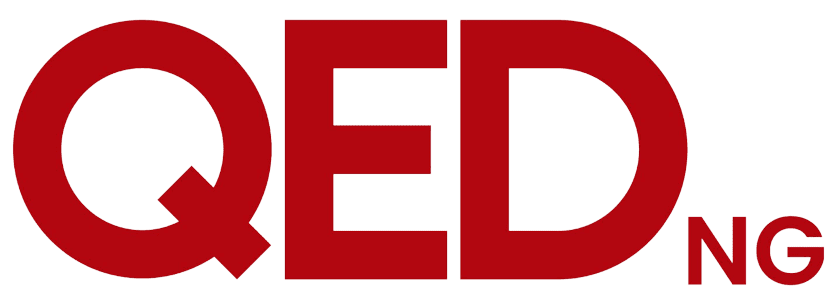By Ayodeji Ayopo
The strategic role of education as a key driver of socio-economic development in any nation cannot be underestimated.
The Lagos State Government has embraced the critical need to enhance accelerated development in public schools.
This forms part of the T.H.E.M.E.S Policy thrust of the Babajide Sanwo-Olu administration where education is an integral part. The government also demonstrated its huge commitment to the education sector by earmarking a whopping 143.66billion naira for the education sector in the 2021 budget.
To further demonstrate commitment, Governor Sanwo-Olu inaugurated the Special Committee for the Rehabilitation of Public Schools (SCRPS). The committee is headed by renowned professional Hakeem Smith.
It is imperative to note that Sanwo-Olu declared zero tolerance for infrastructural decay in public schools. He charged SCRPS to be the sole driver and agent of change in the rehabilitation of schools. The transformation agenda is hinged on the premise to creating conductive and habitable structures to improve learning in the state.
From available records, over 150 schools in Lagos have received significant face lift in order to boost the learning process of students. There have been evidence of building classrooms across the various educational districts in the state. The Lagos State Government through SCRPS is working towards making infrastructure a key element to improve learning. It is believed that there is a strong evidence that high-quality infrastructure facilitates better instruction, improves student outcomes and reduces dropout rates, among others.
A recent study from the UK found that environmental and design elements of school infrastructure together explained 16 percent of variation in primary students’ academic progress. The research shows that the design of education infrastructure effect learning through several factors.
It is commendable that the LASG adopts a holistic model in addressing the infrastructural decay in public schools. The state can also borrow a leaf from the model adopted in Romania where the World Banks works with the government in investing in education infrastructure. The Reimbursable Advisory Services (RAS) Program was the instrument the World Bank uses to deliver flexible and customized technical advice, analytical services and implementation support its client in middle and high income countries.
This is achievable through the following: data collection and analysis, identification of challenges in education, development of asset of criteria to prioritize investment and monitoring the implementation of the new model. The authors of the article Janssen Teixeira, Jeremiah Amoroso and James Gresham, World Bank Education Consultants believe that the Romanian experience shows how data and a multi-faceted model can be helpful to promote effective learning environments. Lagos being a key player in the nations socio-economic development needs to build sustainable models such as this to engender growth in its education sector.
It is also pertinent to highlight that since Lagos State is using SCRPS to revamp public schools from infrastructural decay, there should be a strong focus on the schools in the grassroots. This will foster even development of educational infrastructure in the state.
It is to its credit that SCRPS has remained focused in enhancing infrastructural development in public schools but the Agency should concentrate huge resources in the rural areas. The facilities in such areas are dilapidated and suffering from structural nourishment.
The Lagos State Government in view of its enormous investment and huge intervention in infrastructural development in Lagos Schools can also adopt a community development approach to enhance sustainability. The reason is not farfetched – Lagos being a cosmopolitan city needs to address the huge population in the rural areas. A strong alliance with community development organizations will go a long way in fostering quality education as well as infrastructural development and maintenance. The role of community participation to ensure sustainability of projects implemented cannot be underestimated.
In a survey conducted by some scholars in the department of development studies, University of Development Studies, Ghana, the scholars (Emmanuel Wedam, Joseph Yaw, Dwamena Quansah and Irene Akobour Debrah) affirmed that development lies in the minds of the people. They further postulate an active participation by communities is key to sustaining infrastructural development in schools. Their study also revealed that community delegation has been the most effective in the provision and management of educational infrastructure in Ghana. While the study may vary in Lagos, it is an established fact that government can do more by actively engaging host communities of public schools to enhance sustainability and maintenance.
While Lagos State government through SCRPS has an undaunted task to address the infrastructural deficit in Lagos Schools, the critical issues of monitoring and evaluation are of high importance. There should be consistent monitoring about work quality and assessment of the various projects. The issue of maintenance of such huge projects should also reflect as matter of topmost priority.
- Ayopo wrote from Lagos









